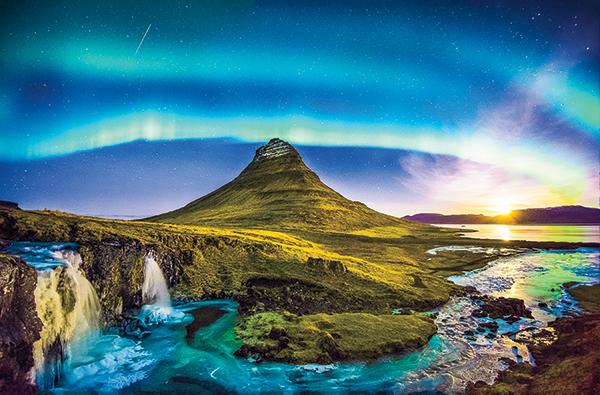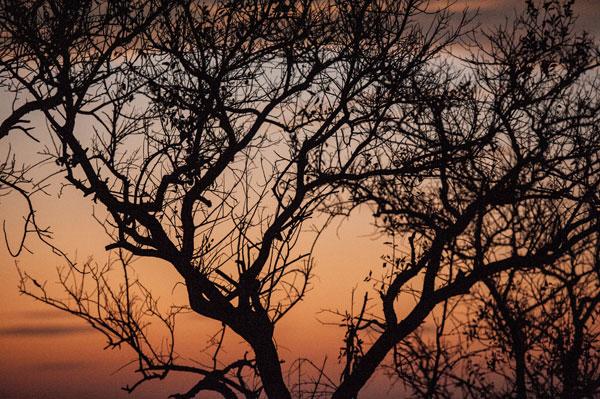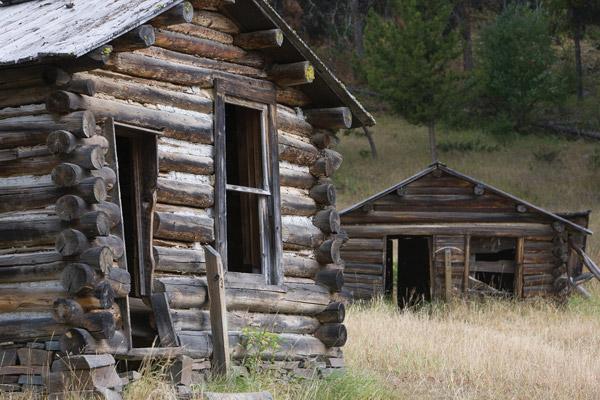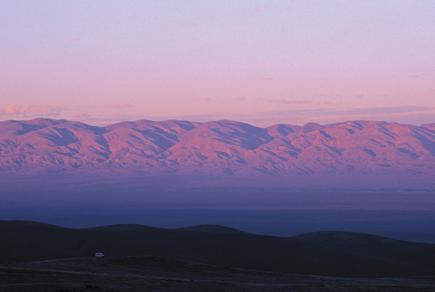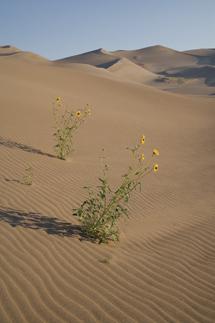Outdoor/Travel
Sort By: Post DateTitle Publish Date
|
May 10, 2016 |
|
Jan 28, 2014 |
First Published: Dec 01, 2013 |
|
Dec 19, 2012 |
First Published: Nov 01, 2012 |
|
Mar 11, 2014 |
First Published: Jan 01, 2014 |
|
Nov 19, 2012 |
First Published: Oct 01, 2012 |
|
Jan 17, 2014 |
First Published: Feb 01, 2014 |
|
Feb 04, 2014 |
First Published: Dec 01, 2013 |
|
Jun 25, 2013 |
First Published: May 01, 2013 |
|
Jan 03, 2014 |
First Published: Nov 01, 2013 |
|
Dec 01, 2009 |
|
Apr 01, 2007 |
|
Jul 01, 2010 |
|
Dec 01, 2010 |
|
Jun 01, 1999 |
